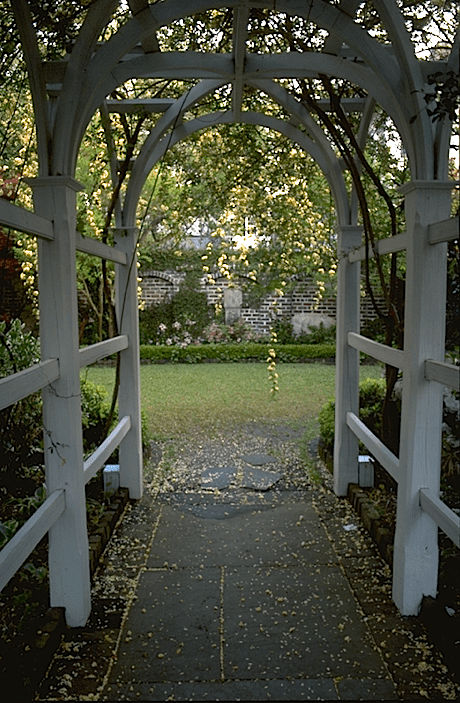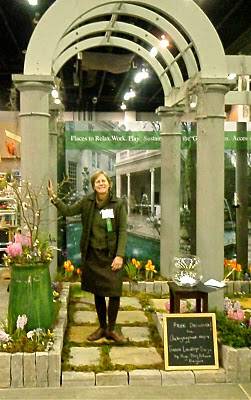The Garden Porch at Dovecote and Landscape Your Life featured its FIRST booth!

An estimated 6500 people visited the Village Green over the 3 day event.
Puppies, parents and feisty infants strolled and ran amuck.
We held a book draw and shared our beautiful mossy planters with lots of friends!
Perfect weather spelled a hugely successful event.
Hugh Dargan drew the winner of the book from over 300 names.
Nancy Albers won her choice of our books,
Timeless Landscape Design or Lifelong Landscape Design.
Congratulations, Nancy!




